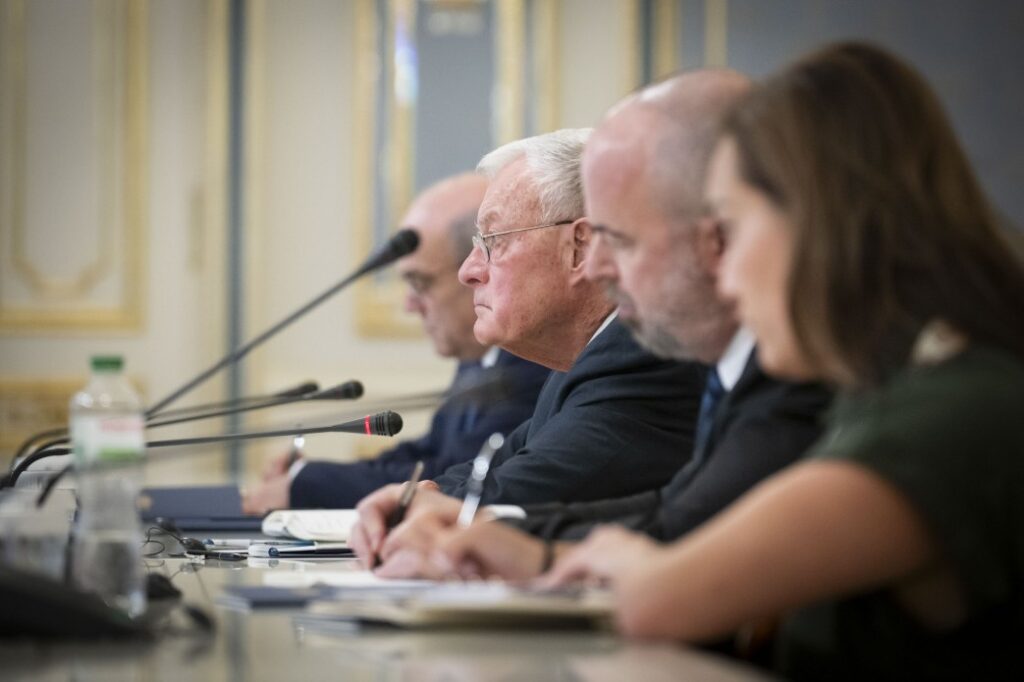Ukraine’s cyber warriors crush Russian control systems in Crimea, steal 100TB of secrets

Ukrainian military intelligence cyber specialists have carried out a powerful operation against Russian authorities in occupied Crimea. According to RBC-Ukraine’s intelligence sources, the cyberattack lasted several days and paralyzed the entire digital infrastructure of the occupation administration.
Russia is transforming occupied Ukrainian regions into military bases. Moscow troops use Donetsk and Luhansk oblasts to build up combat units, establish fortified positions, and organize logistics hubs. Meanwhile, from occupied Crimea, Russian forces are launching missiles and drones at other Ukrainian cities.
It began with a powerful DDoS assault that took down the occupiers’ government services. While panic spread in Crimea and technicians scrambled to identify the source of the outage, Ukrainian hackers had already infiltrated the electronic accounts of the so-called “authorities.” And that was just the beginning.
100 terabytes stolen, systems destroyed
The Ukrainian Defence Intelligence has gained access to the occupiers’ key digital systems:
- DIALOG,
- SED,
- Delo,
- accounting systems including 1C:Document Management”, Directum, and ATLAS.
In just two days, over 100 terabytes of classified information were downloaded. Among the documents were files marked as top secret, including data on military facilities and logistics for supplying Russian troops.
After completing the operation, HUR specialists destroyed all the occupiers’ administrative servers, at both regional and district levels. These structures have effectively lost access to their documents, databases, and internal communications.
Panic in Moscow, chaos in Crimea
“So much data was extracted that we’ll soon uncover plenty of sensational details about Russian crimes in Crimea. Special thanks for the assistance goes to the deputy minister of health of the occupation government, Anton Lyaskovsky,” an intelligence source told RBC-Ukraine with irony.
Moscow has already labeled the operation as “elements of hybrid warfare.” Meanwhile, the so-called “Ministry of Internal Policy” of Crimea has admitted that some services remain offline. However, the true scale of the destruction is only beginning to come to light.
Read also
-
Russians in Crimea pack up as relentless sound of air alerts and sight of tanks become their new reality
-
Ukraine hits Russian S-300P launcher, Nebo-M radar, and Big Bird node in Belgorod Oblast (video)
-
Russians in Crimea pack up as relentless sound of air alerts and sight of tanks become their new reality
-
Ukraine’s Defense Intelligence: Russia loots ancient treasures from Crimea’s UNESCO heritage site


